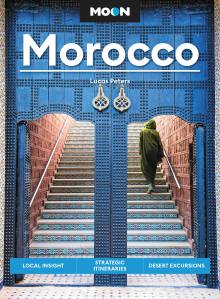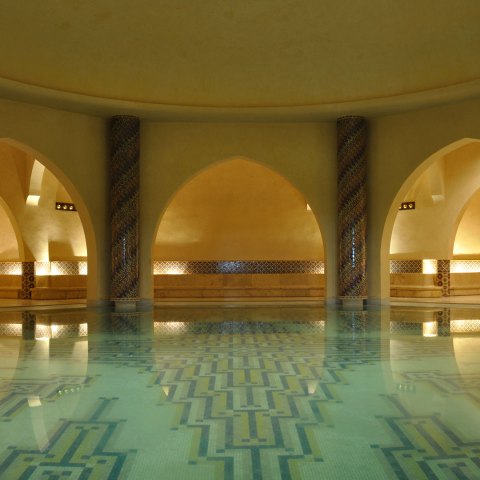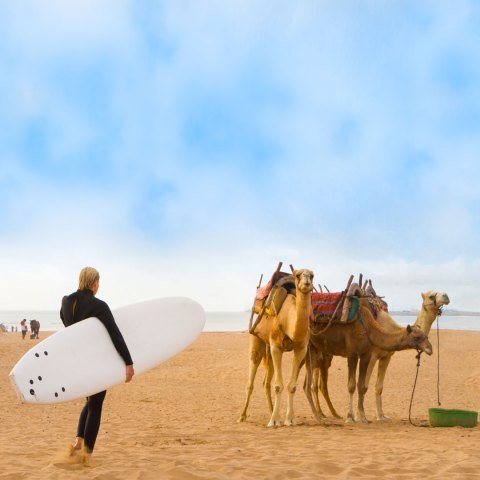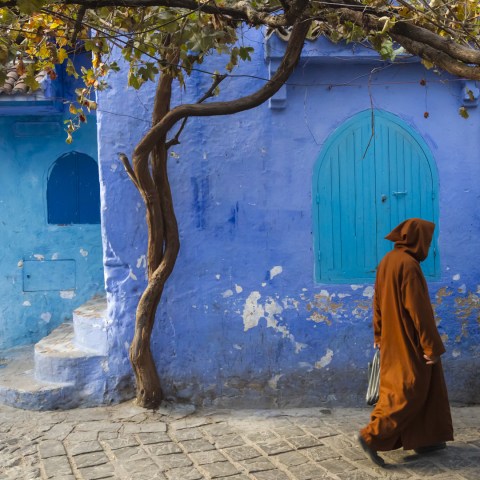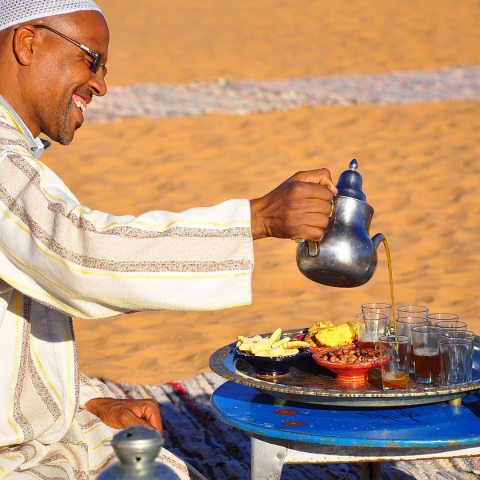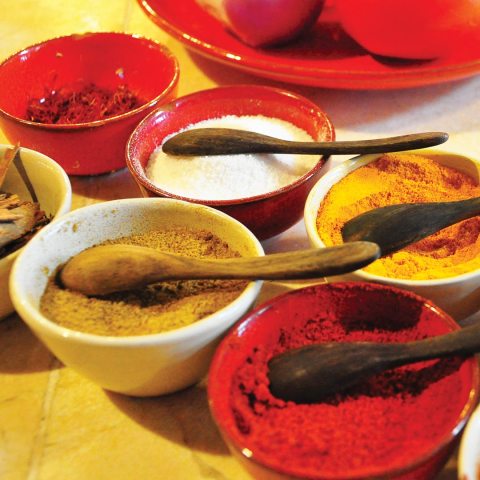Morocco Itinerary: UNESCO World Heritage Sites
Morocco is home to nine UNESCO World Heritage Sites, which make for a spectacular tour for archaeologists and Indiana Jones wannabes. Explore the maze of Fez’s medina and discover the Roman ruins of Volubilis before heading north to the medina of Tetouan. Then it’s back south, down the coast, to the Portuguese Cistern of El Jedida and medina of Essaouira before tucking inland to the Red City of Marrakech and over the High Atlas to the living Ait Ben Haddou kasbah on the edge of the Sahara.
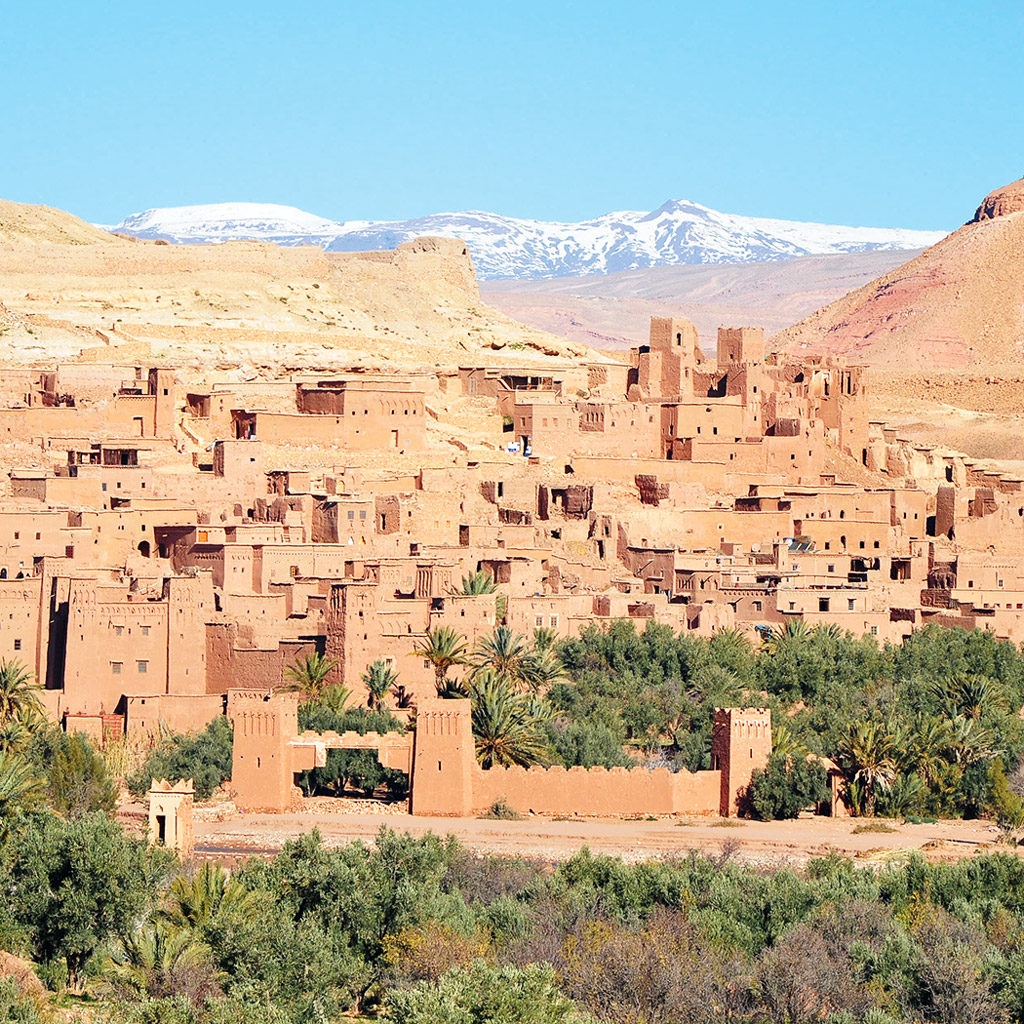
This tour is best divided in two parts: north and south, with the order being interchangeable.
Northern Leg
Day 1
After landing in Casablanca, catch the next train for Fez. Spend 3-4 nights in the middle of the medieval city of Fez, where donkeys and horses trod alongside pedestrians.
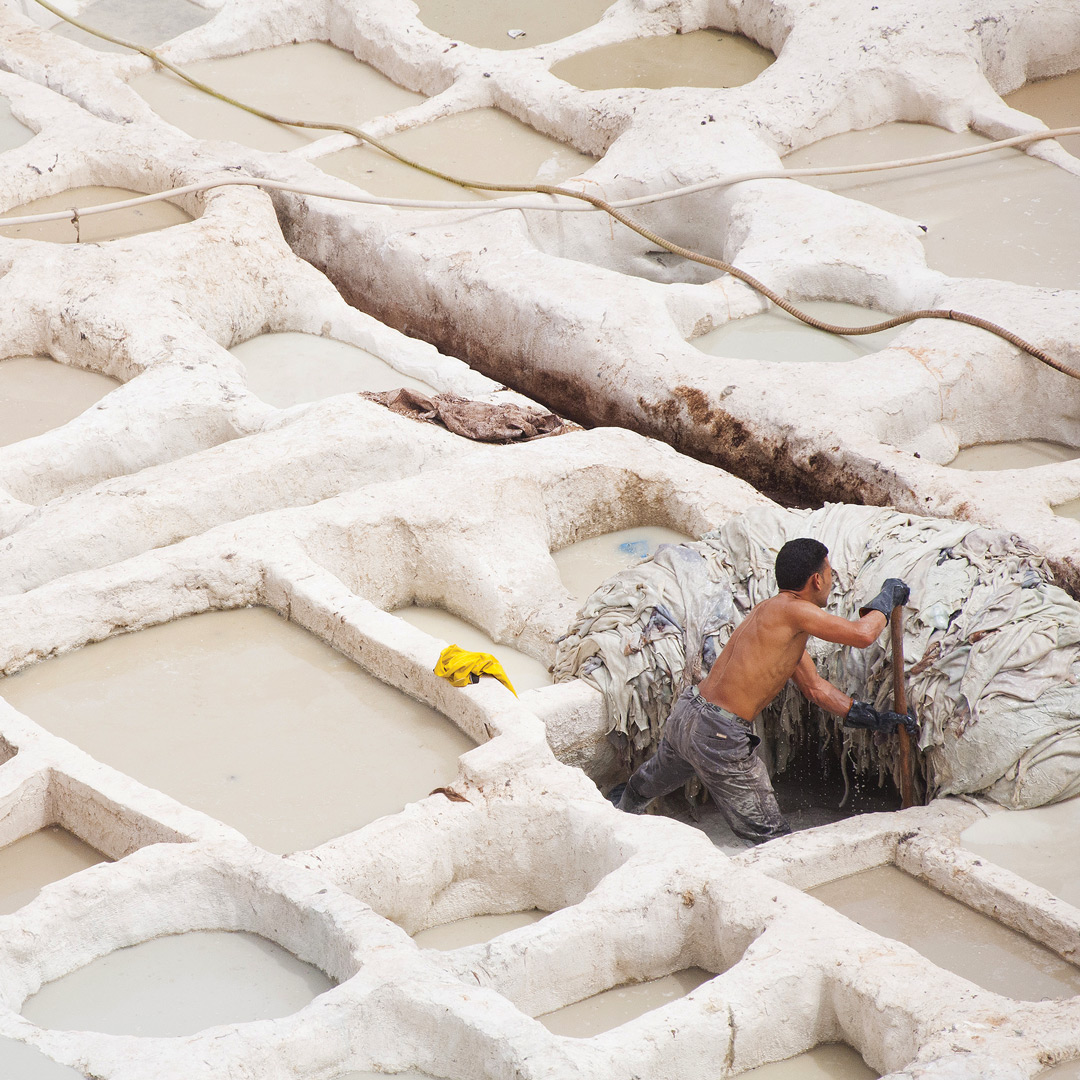
Day 2
Spend the day exploring the nooks and crannies of Fez’s medina, paying special attention to sites such as the beautifully restored 14th-century Medersa Bouanania as well as the smelly but rewarding Chouwara tanneries, where leather is being cured as it has for centuries, with pigeon excrement and cow urine.
Day 3
Take a grand taxi to the Roman ruins of Volubilis and spend the morning walking through Roman forums and examining the water irrigation system, the different stone and marble used for construction, and some of the mosaics still lying about. Couple this with an afternoon in the historic city of Meknes looking at the unrestored yet exquisite Medersa Bouanania there, as well as the Mausoleum of Moulay Ismail and the granaries (Heri es Souani), for an idea of the technological advancement of Moulay Ismail’s empire.
Day 4
Catch the 8am bus for the mountain town of Chefchaouen, tucked into the folds of the Rif, and cool off while you have lunch and explore one of Morocco’s more pleasant medinas. Before sunset, catch a cab onto Tetouan and spend two nights in one of the medina lodgings here, such as Dar Rehla.
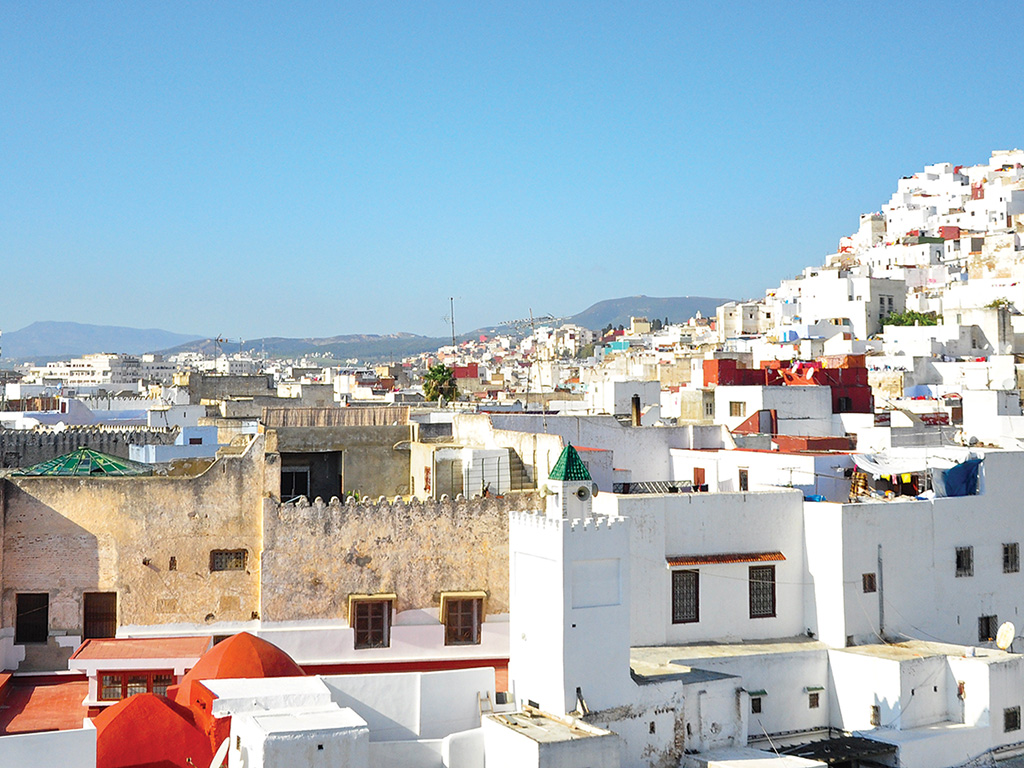
Day 5
Spend the day in Tetouan exploring the most lived-in medina in Morocco, and make sure to spend an hour or two at the Archaeology Museum of Tetouan. The collection of Roman-era mosaics is unmatched. If you have time, consider taking a walk out to Tamuda—the site is little more than rubble, but it is all that remains of one of the oldest cities in Morocco.
Day 6
In the morning, catch a taxi for Lixus and spend the first half of the day exploring this little-visited Roman ruin just off National Road 1 north of Larache. Have a picnic in the amphitheater overlooking the Loukkos River while contemplating life in this city 3,000 years ago. In the afternoon, make your way by bus to Rabat and check in for two nights. If you want to continue the medina-living experience, check into Le Repose in Salé, just across the river from Rabat.
Day 7
Spend the day exploring the Oudaïas Kasbah in Rabat and duck into the souvenir shops along the Rue des Conseils before making your way to the Chellah Necropolis, where you will see the Roman-era city alongside the more recent ruins of the Almohad and Merenid dynasties of the 12th and 14th centuries. If you have time, consider adding a day to explore the other Roman ruins in this region, Banasa and Thamusida.
Southern Leg
Day 8
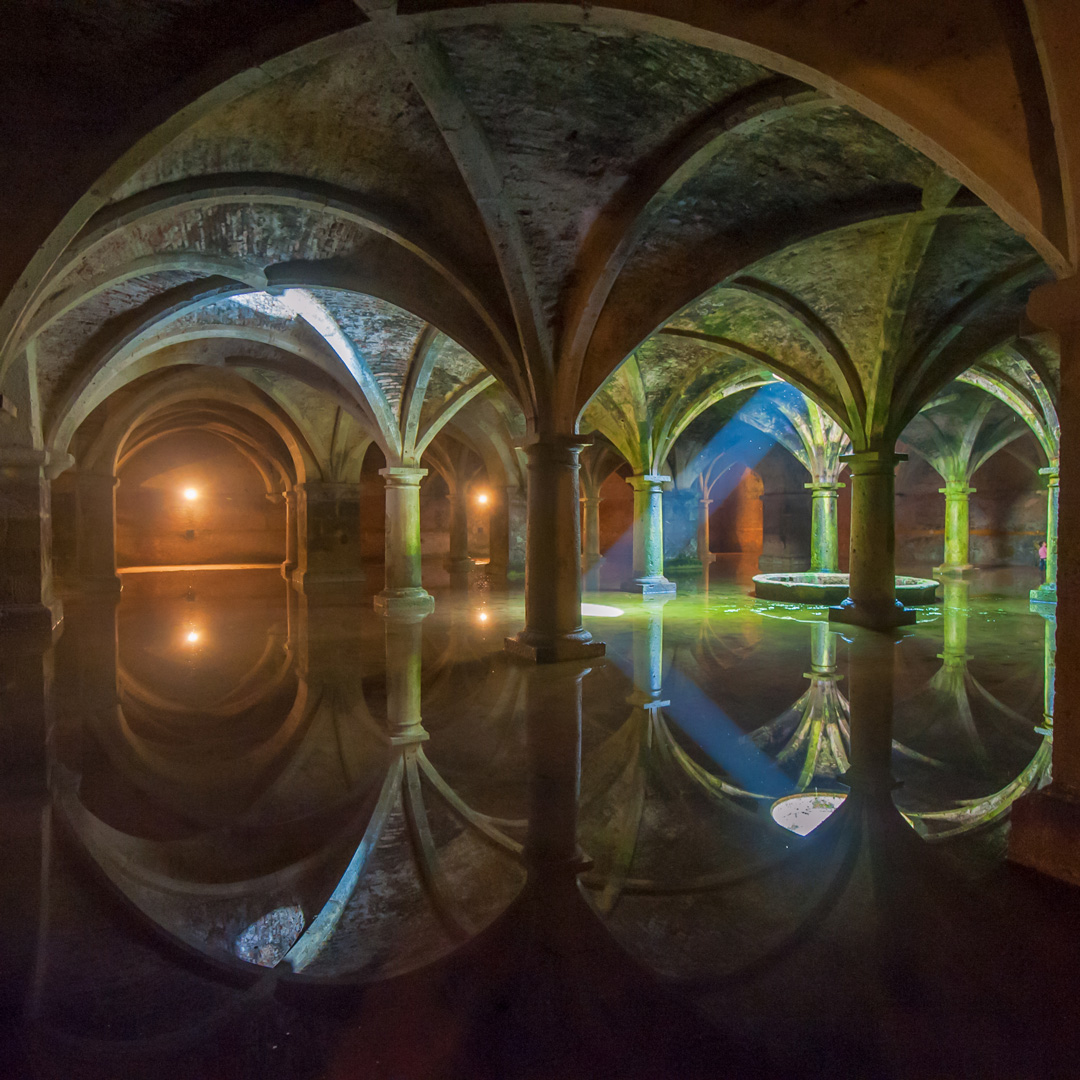
From Rabat, take the train to El Jedida, south of Casablanca, to begin the second half of the tour that will take you south. In El Jedida, check into the Dar Al Manar, just north of the city, for eco-friendly lodgings with Fatima for a night, or save a few bucks at the Dar el Breija. Spend the afternoon touring the Portuguese Cistern and ramparts of the city before calling it a day.
Day 9
Take a bus along the coastal road on a beautiful ride south to Essaouira. This region is home to the argan tree, the oil of which is a specialty of Morocco. Here, you can take a walk on the ramparts at sunset and eat off some of the most diverse menus in all of Morocco. Plan on spending two nights in one of the friendly restored riads or hostels.
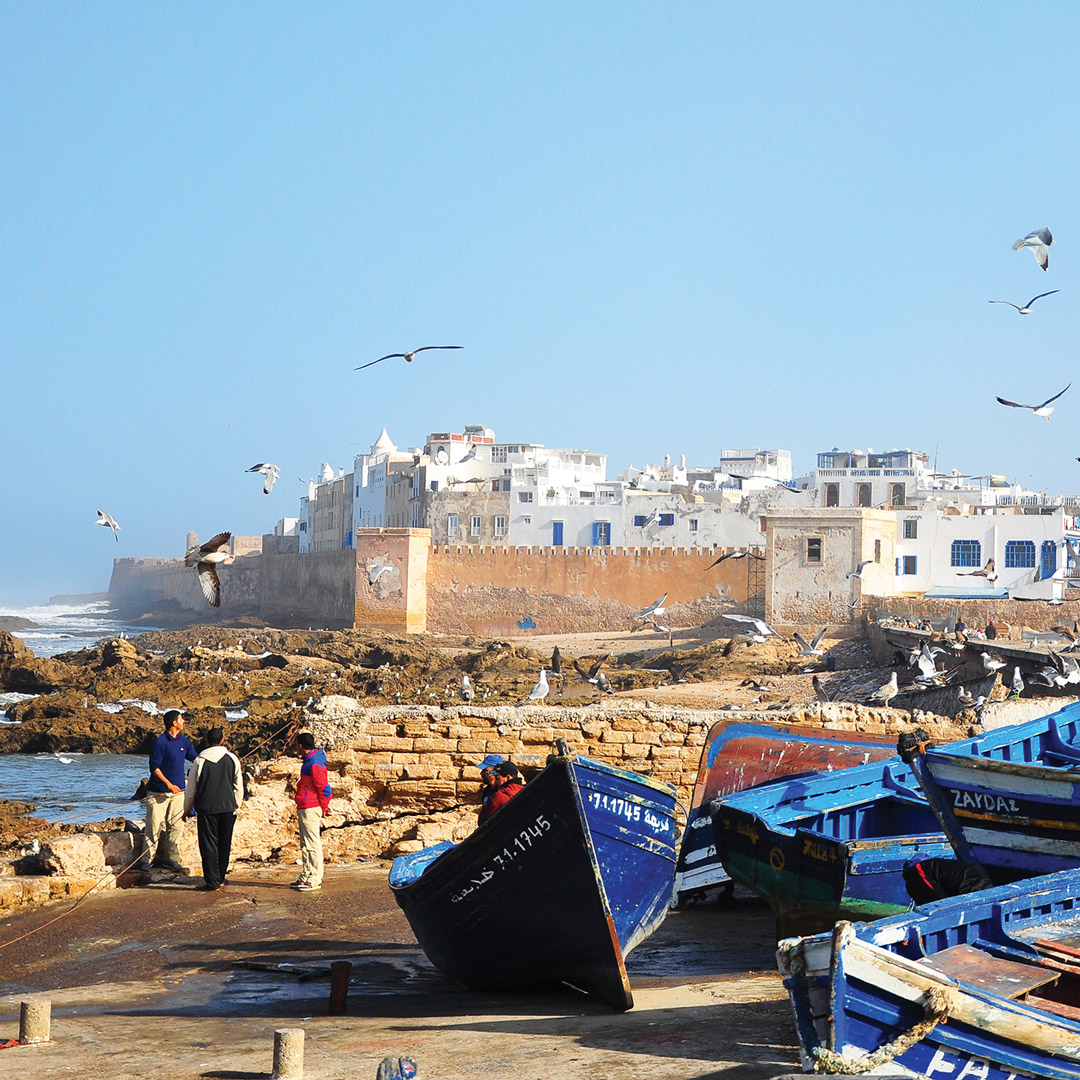
Day 10
Spend the early morning hours exploring Essaouira’s medina while keeping an eye out for the Jewish Star of David. You’ll see plenty of these above the doors in the mellah. Spend the afternoon shopping in the friendly souks, book a cooking class to make your own Morocco tajines, or bum around for a day on the long strip of beach just south of the medina.
Day 11
Catch the morning bus for Marrakech and keep an eye out for goats munching on the argan nuts in the trees. Plan for two nights in Marrakech, ideally in the medina to experience that last World Heritage medina on your tour. Be sure to reserve dinner in your riad ahead of time. If you’re feeling up to it, make your way to the Jemaa el-Fnaa, the carnivalesque main square, for a night you won’t forget.
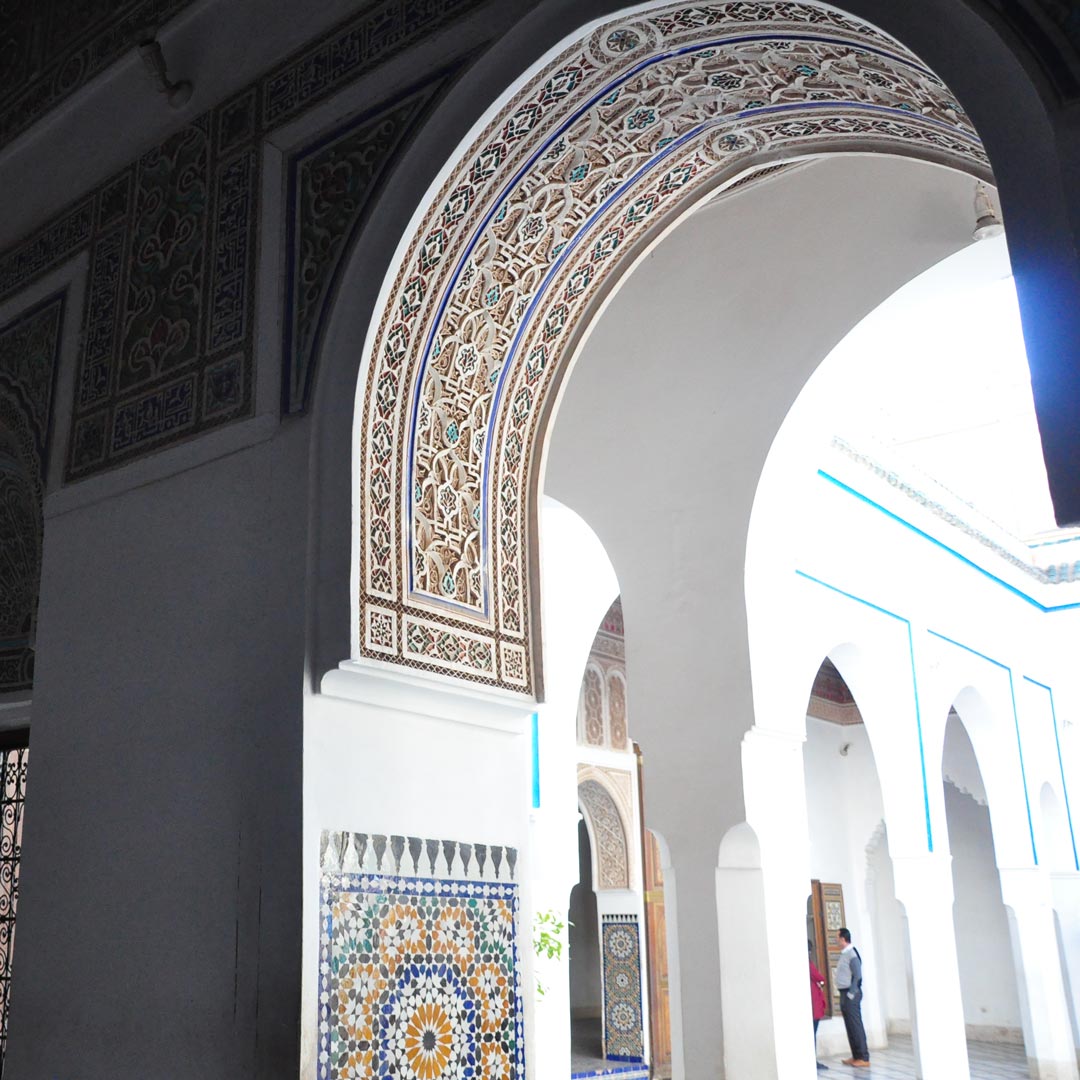
Day 12
Spend the morning touring the medina sites, including the Bahia Palace, Saadian Tombs, and Marrakech Museum before plunging into the famed Marrakech souks, where sights, sounds, and smells will be sure to dazzle you. Haggle with a shop owner or two to complete the experience.
Day 13
Wake up bright and early to take a bus over the Tizi n’Tichka pass to Ouarzazate, where you will spend the afternoon at the wonderful Ait Ben Haddou kasbah, a real living kasbah with a few families still dwelling in mudbrick. This is one of the most striking examples of the architecture of southern Morocco. From here, if you have time, head out to explore the desert at Erg Chigaga or Erg Chebbi.
